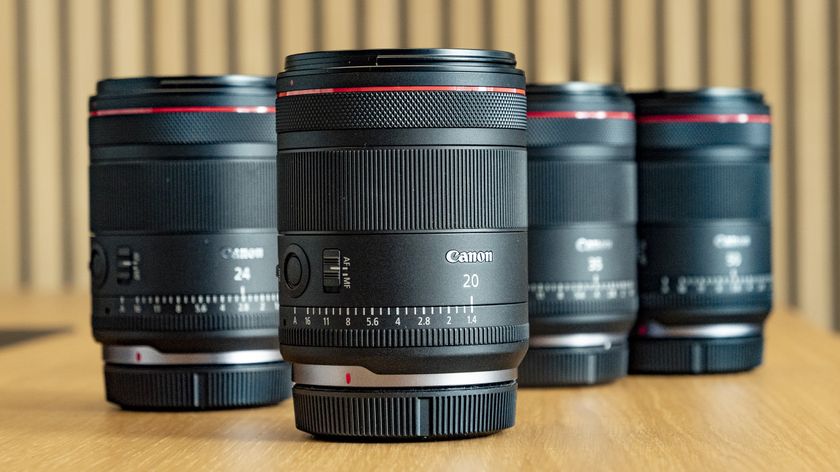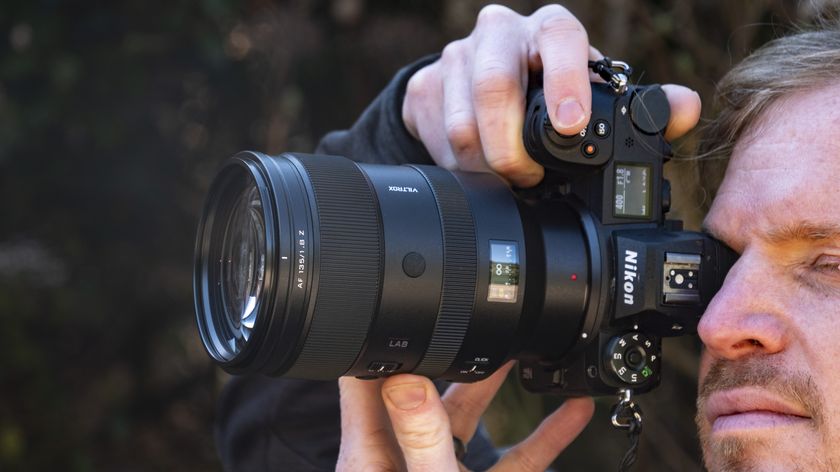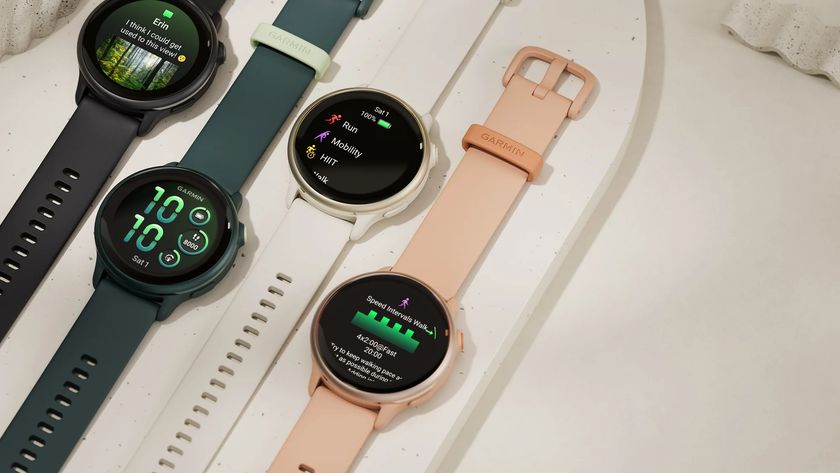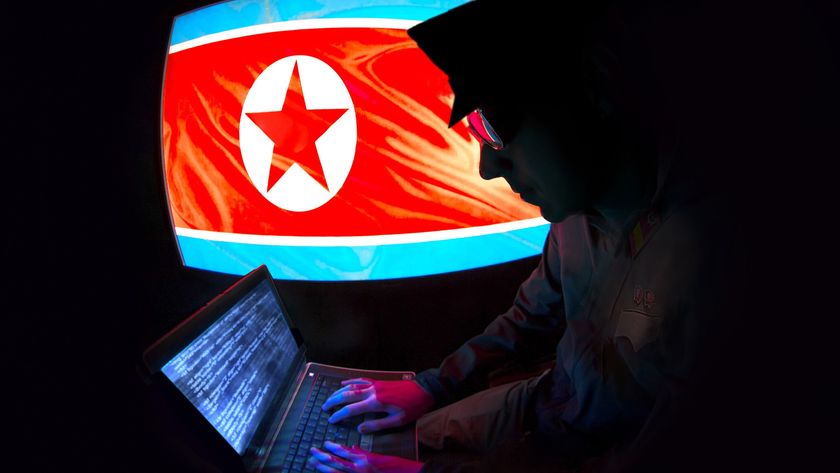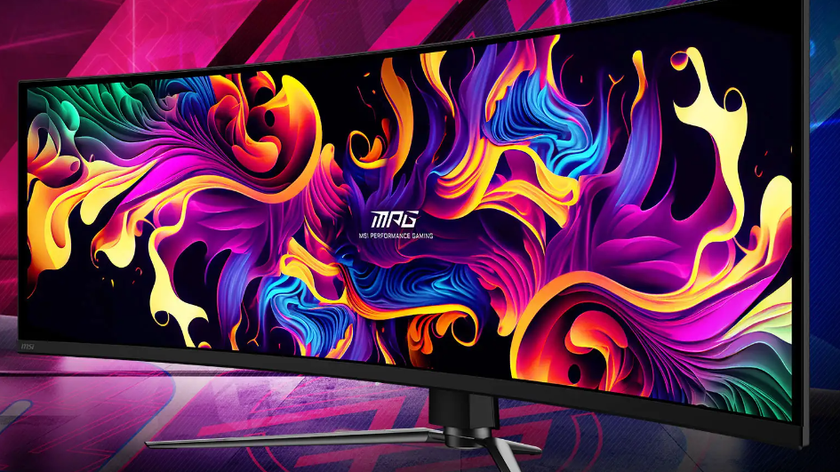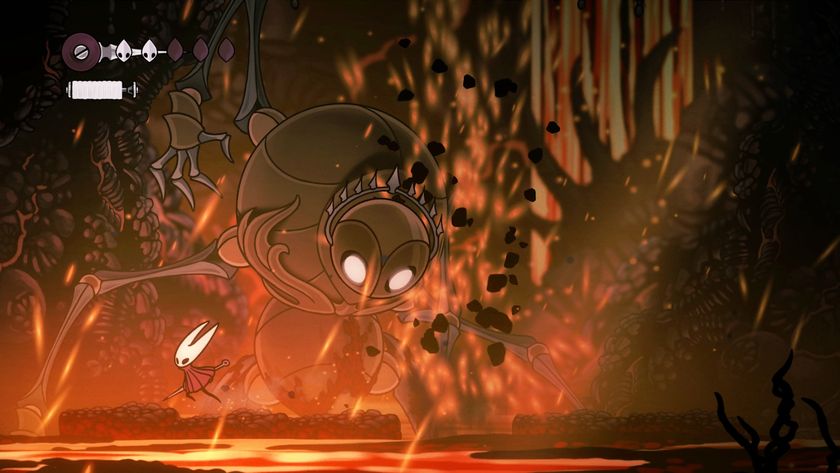Canon 8-15mm f/4L Fisheye review: first pictures
See test images shot with Canon's new ultra wide-angle lens
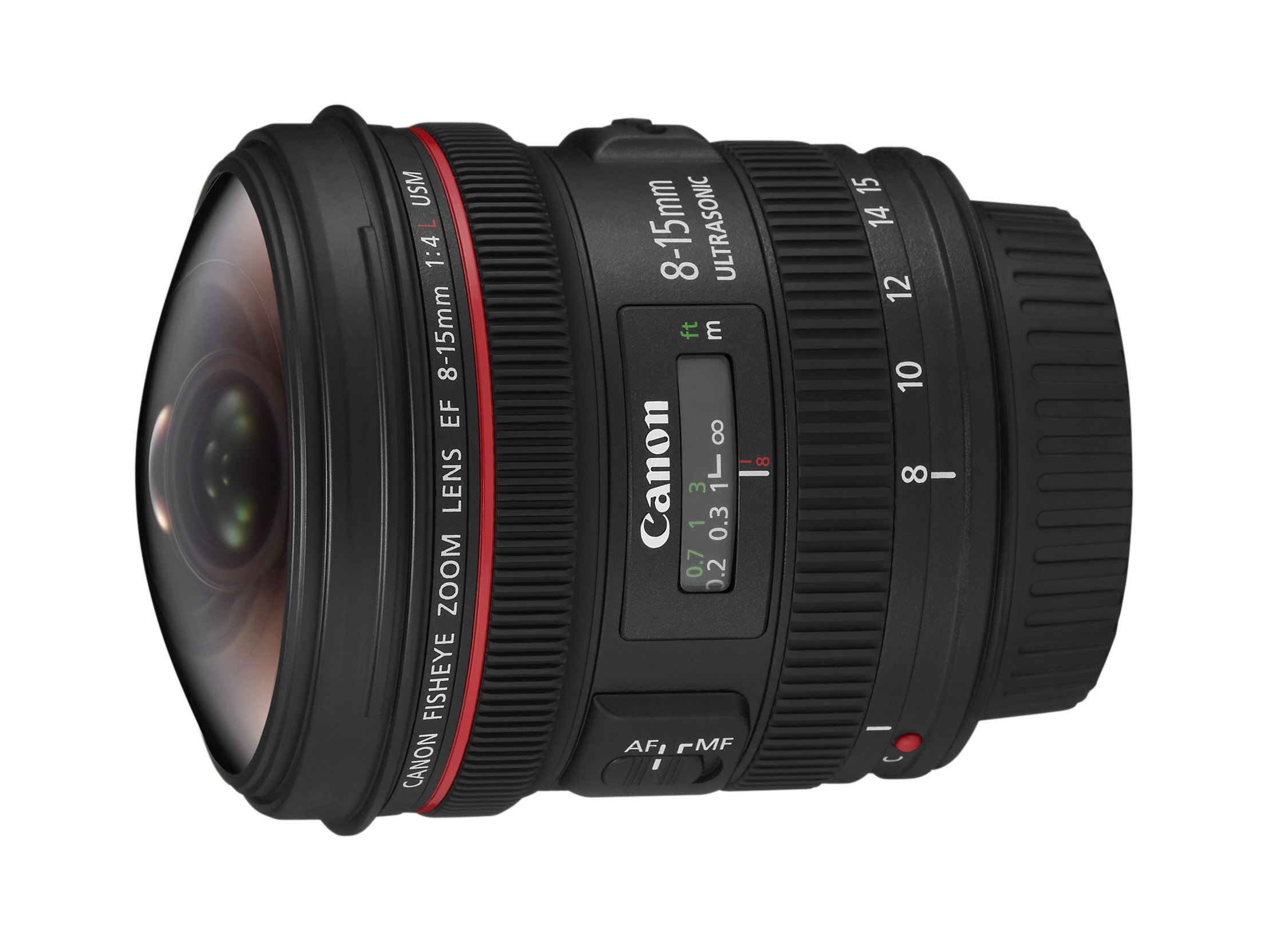
We've been putting Canon's new ultra wide angle 8-15mm Fisheye zoom lens to the test. While we get on with the review, we thought we'd share some of the images that we've captured with the new lens, as well as share some initial comments on its performance.
The Canon 8-15mm f/4L Fisheye lens was announced back in August 2010 as the world's first fisheye zoom lens offering both circular and full frame images. Release of the lens was delayed because of the earthquake in Japan earlier in the year, but is now available for around £600 (street price).
Here are some of the first pictures we have shot with the lens, along with some initial thoughts on performance.
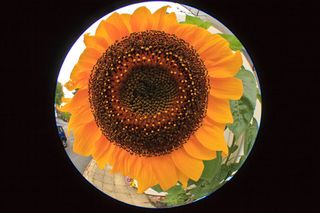
Click here to see a high-res version.
The lens allows you to focus extremely closely to your subject. In this image, we were only shooting with the front element only just over an inch from the sunflower. This image was shot on a full frame Canon EOS 5D Mark II, with the lens at 8mm.
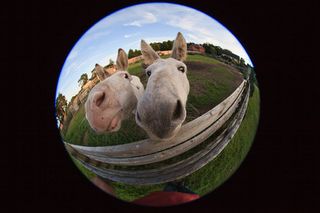
Click here to see a high-res version.
Because the lens offers such a wide field of view, it's easy to accidentally include yourself in the shot. In this image, you can see reviewer Jeff Morgan's elbow and feet. This image was shot on a full frame Canon EOS 5D Mark II, with the lens at 8mm.
Get daily insight, inspiration and deals in your inbox
Sign up for breaking news, reviews, opinion, top tech deals, and more.
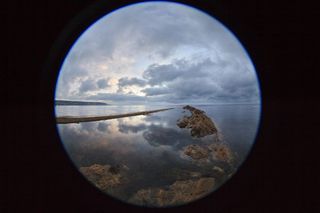
Click here to see a high-res version.
This image was shot using a Canon EOS 5D Mark II. Using a full-frame camera, you will get a fully circular image when the lens is used at 8mm.
When shooting at the widest angle, you'll notice a blue edging around the circle. It doesn't look too bad when the frame includes a blue sky, but with other subjects it can appear a little distracting.
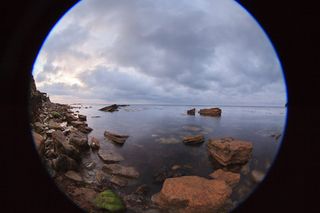
Click here to see a high-res version.
When used at 10mm (again using a full frame camera), the image is shown with circular sides but with the top and bottom of the circle cut off. At this length, the image isn't really that useful, unless you want to crop to just include the middle of the frame.
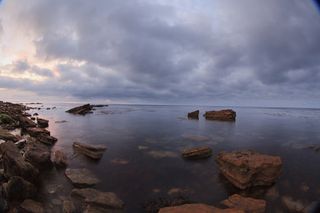
Click here to see a high-res version.
Even at 14mm (on a full frame camera again), you will still see some elements of vignetting at the corners, so again it's wise to only use the centre of the image.
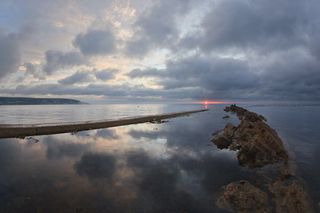
Click here to see a high-res version.
At fully zoomed (15mm), the lens captures the whole of the scene up to the edge of the frame. This means that in practice, on a full-frame camera such as the 5D, the lens is most usable at fully wide, or fully zoomed.
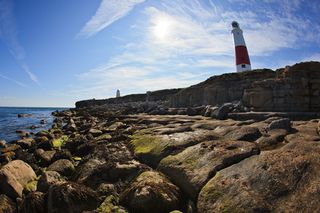
Click here to see a high-res version.
The 8-15mm lens performs well shooting directly into the sun, with little to no loss of contrast, ghosting or flare. Cyan magenta fringing can be seen on high contrast edges, such as on the lighthouse.
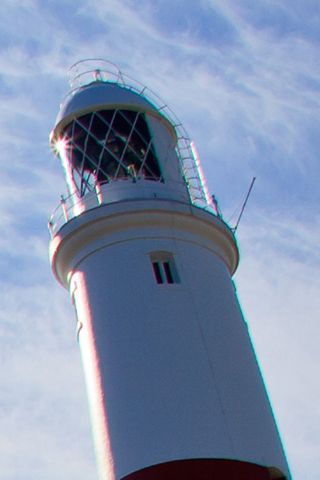
Click here to see a high-res version.
You can see in this 100% crop where the fringing is evident. You should be able to remove this type of fringing when processing in the raw converter though.
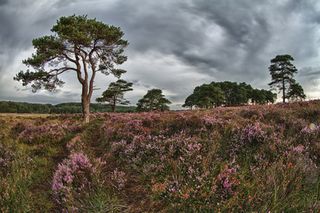
Click here to see a high-res version.
Because the depth of field is so large, you need to be careful of anything that appears on the front element of the lens. In this picture, a stray raindrop can be seen.
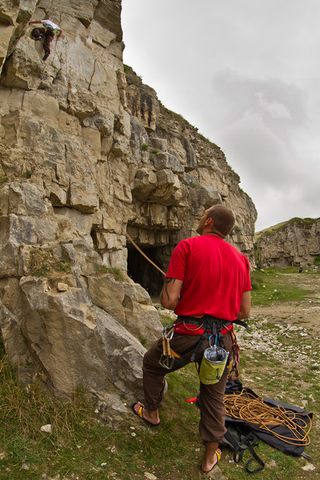
This image was taken on an APS-C sized camera, the Canon EOS 7D, with the lens set at 15mm. On a crop sensor camera you have an excellent quality 10mm to 15mm zoom lens does not sound like a large range but it really is!
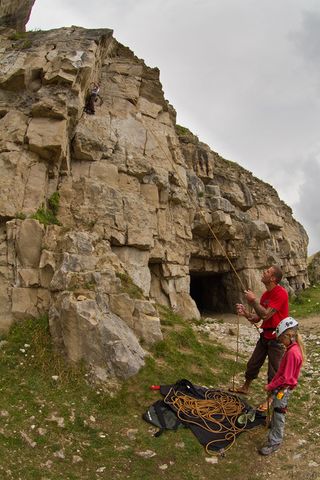
Click here to see a high-res version.
This image was taken on a Canon EOS 7D, with the lens shot at 10mm.
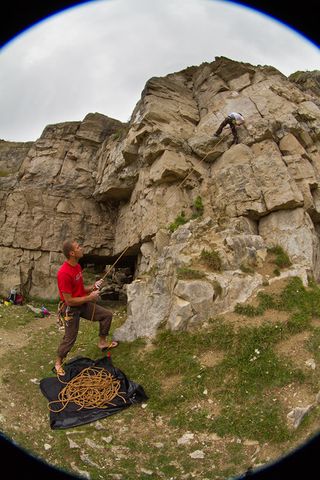
Click here to see a high-res version.
This image was shot on a 7D at 8mm. At first look this may not be a very useful setting with the vignetting, but most panorama software will convert 4 of these images each shot at ninety degrees to each other into a great seamless 360 degree panorama.
All images © Jeff Morgan.
Amy has been writing about cameras, photography and associated tech since 2009. Amy was once part of the photography testing team for Future Publishing working across TechRadar, Digital Camera, PhotoPlus, N Photo and Photography Week. For her photography, she has won awards and has been exhibited. She often partakes in unusual projects - including one intense year where she used a different camera every single day. Amy is currently the Features Editor at Amateur Photographer magazine, and in her increasingly little spare time works across a number of high-profile publications including Wired, Stuff, Digital Camera World, Expert Reviews, and just a little off-tangent, PetsRadar.

